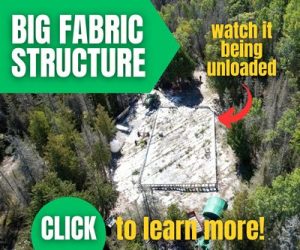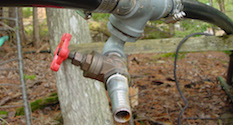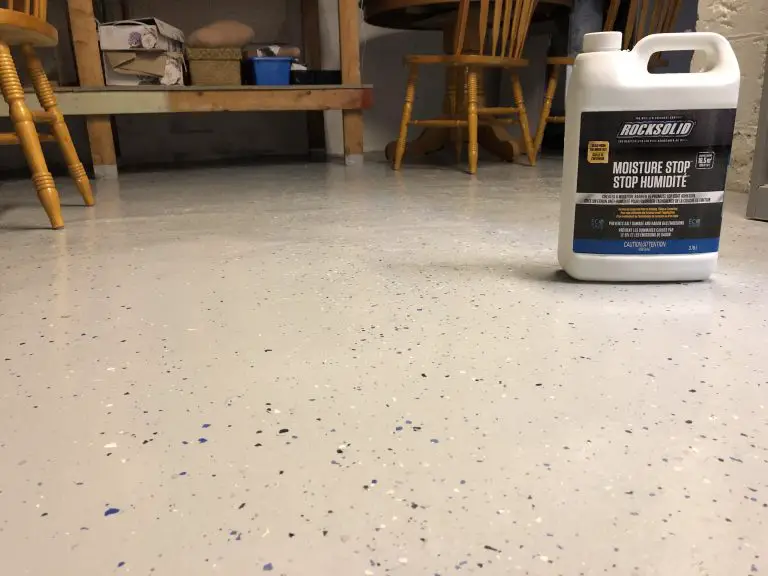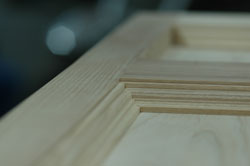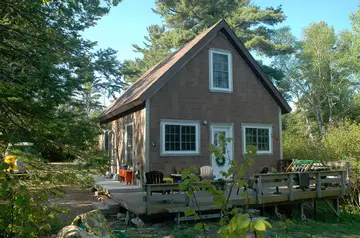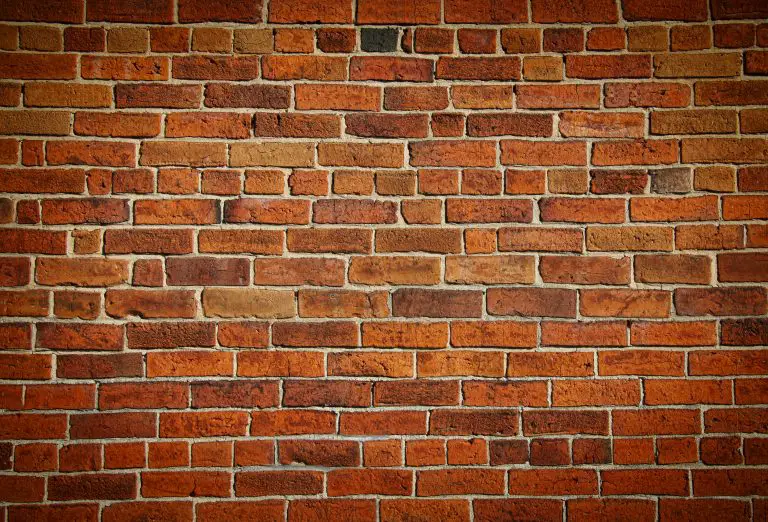
Every so often a building material hits the scene and changes everything, and something called KERDI-BOARD is an example of this. It’s a rigid, waterproof, structural foam substrate for supporting ceramic tiles and it expands the possibilities for ceramic and porcelain tile installation more than anything else I’ve ever seen. My rule of thumb is that any ceramic tile installation should be completely waterproof before tiles go down, and KERDI-BOARD makes it much easier to achieve this, as you’ll see.
I first learned about KERDI-BOARD more than fifteen years ago, and since then I’ve used it on a number of projects. It’s much easier to work with than the traditional cement board tile backing, it works much better than cement board as a tile substrate, and it joins together using nothing more than thinset tile mortar as glue. Click here for the encouraging story of an energetic non-professional, Brad Elkin, who renovated not one but two bathrooms back-to-back in his house using KERDI-BOARD and other great materials. That’s one of his bathrooms below.

KERDI-BOARD Countertop
Want a tiled countertop? Glue KERDI-BOARD to the top of your cabinets (no plywood substrate needed in most cases, this stuff is that strong)), then apply tiles. How about a curved, tiled vanity? Cut pieces of KERDI-BOARD for the structure with a utility knife, then join them together with the same kind of thinset mortar used to secure tiles everywhere. You can see me cutting a piece in the photo below.

KERDI-BOARD Shower Stall
Thinking of building a shower stall? Apply KERDI-BOARD to the existing walls of your house using stainless steel washers and screws made for the job, add a sloped shower base and joint-waterproofing fabric, then apply tiles and grout. Even a shower stall partition wall can be made of KERDI-BOARD alone – no wood framing necessary. The system includes metal channels for fastening the board to the wall, ceiling and floor, with stainless steel edge caps to create a finished edge on the partition.
Tiling Wonky Walls
Got an uneven block or masonry wall you want to tile? Trowel a coat of thinset tile mortar onto the rough surface, then nestle a sheet of KERDI-BOARD into place. The thinset mortar fills the various gaps underneath the board, creating a flat, smooth and waterproof surface for tiling. No need for mechanical anchoring. I’m surprised and impressed with the things that KERDI-BOARD makes possible and I have been for years. That’s why it’s gone from unknown and innovative, to more and more mainstream all the time.




